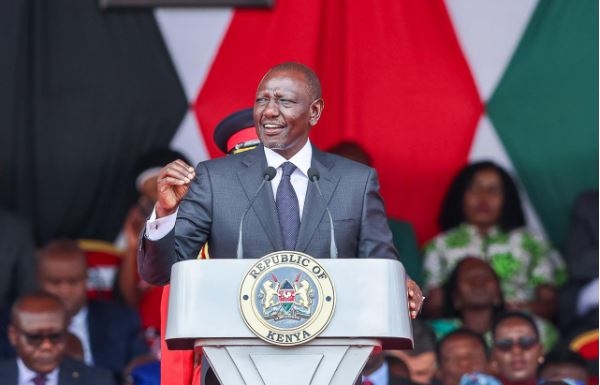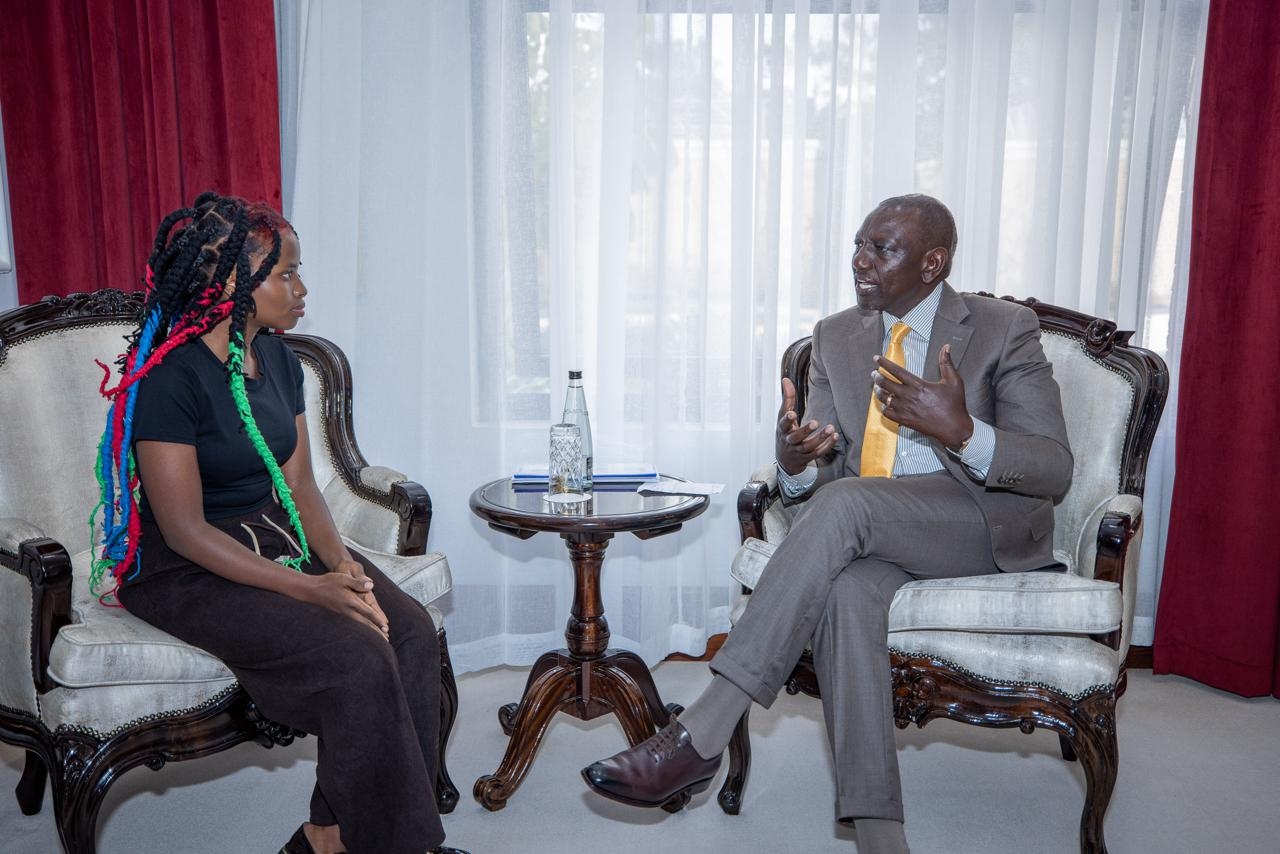The Kenya Bankers Association has backed the position taken by the central bank that importers are creating an artificial dollar shortage.
In an interview with a local TV station, Kenya Bankers Association chairman and MD NBCA Bank John Gachora said that there is enough dollar supply in the market.
He accused importers of making multiple dollar requests to different banks, sending an alarming signal of high demand.
''The market is reacting to artificially high demand. An importer seeking $100,000 for instance sends similar requests to six banks. This sends false demand of $600,000 to the market, hence artificial shortage,'' Gachora said.
He added that the dollar supply is well aligned to market demand adding that buyers should prearrange with banks.
The country has been grappling with high dollar demand that has weakened the shilling to an all-time low.
Yesterday, the shilling traded at Sh117.28 against the greenback, having shed almost 3.5 per cent since December.
Gachora said the local currency's devaluation is not a uniquely Kenyan issue but an global phenomenon.
This, he said has been accelerated by the high-interest rate regime in the US as the country tries to contain the 40-year high inflation caused by volatility in the global supply chain.
On Wednesday, the United States Federal Reserve hiked interest rates by 75 basis points, the highest since 1994.
The move comes after the country's inflation hit a 40-year high of 8.6 percent in May.
''Russia's invasion of Ukraine and related events are creating additional upward pressure on inflation, and are weighing on global economic activity,'' the US central bank said.
The move pushed its target range from 1.5 percent to 1.75 percent - the highest level since 2019.
Yesterday, NCBA Economist Raphael Agung' said the high-interest regime in the US makes its market more attractive to investors, pushing them from developing countries like Kenya, hence devaluing the local currency.
Last week, the Central Bank of Kenya (CBK) refuted claims that it has instructed lenders to ration dollar supply in the market, saying the the supply is way above monthly demand.
According to CBK Governor Patrick Njoroge, Kenya’s foreign-exchange market generates and distributes about $2 billion a month, which is enough to meet all demand in the economy.
“If you have a sector that is importing $90 million or $100 million, that is nowhere near the $2 billion that we are putting out,” Njoroge said.
He said in that sense, the Kenya Association of Manufacturers (KAM) should understand that they are small and go to the market like everyone else.
A fortnight ago, KAM, said industries are struggling to import raw materials as they can’t access dollars at the official rate of about Sh117 per dollar, forcing them to buy at a rate of Sh120 or higher.
"The lack of availability of foreign currency may create a parallel shadow market with unwanted consequences,” it said in a statement.
However money market expert Charles Mahangiru has called for an honest discussion, saying different tunes are hurting consumers.
"The consumer is the grass in all this. The cost of living has skyrocketed and is expected to rise further if the debate on the dollar is not resolved. Everything stops with CBK,'' Mahangiru said.
His sentiments are echoed by a forex trader who sought anonymity
According to the trader, the issue in the forex market seems to have moved away from a pricing and liquidity issue, to a crisis of confidence.
The trade argued that no amount of Central Bank intervention will work at this stage as most of the market will eagerly be waiting to buy all these dollars as soon as they reach the market.
''With regards to why the Central Bank is not selling dollars into the market, it either has to do with the government's upcoming bloated dollar debt repayments or IMF restrictions under their current ECF program, or both,'' said the trader.
















